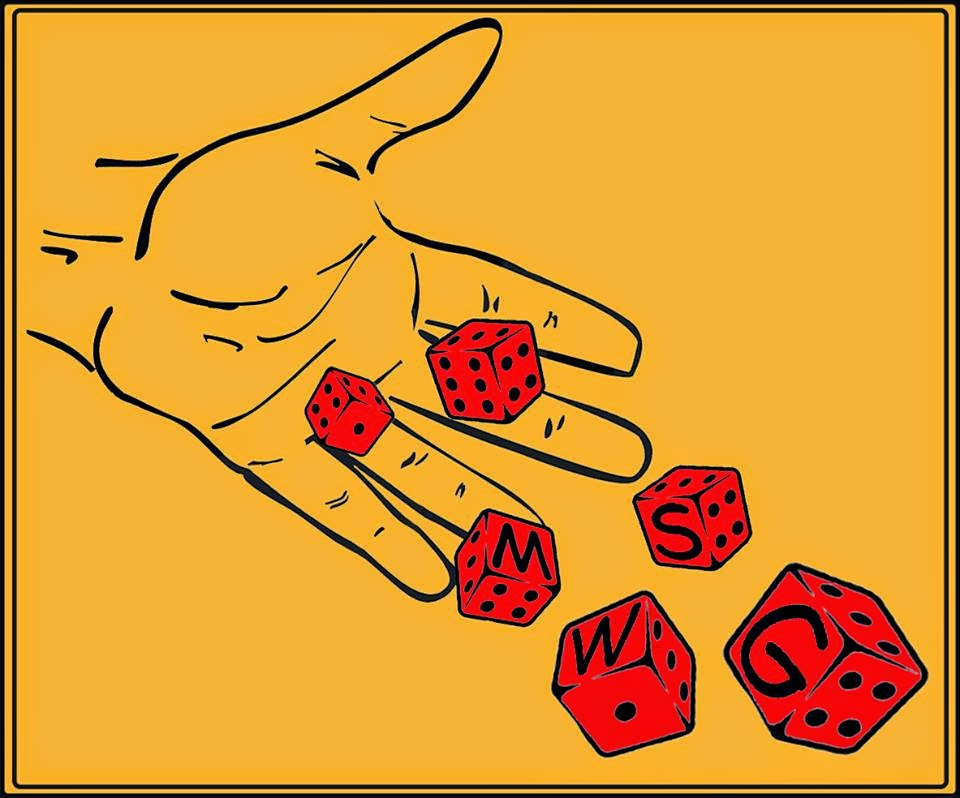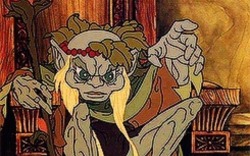|
I think the reason is not so much based on realism, but rather that in a tabletop wargame distances tend to get scaled down. If scaled up to life-size, bows in LOTR would only have an effective range of about 100 feet, which is also much shorter than real life.
That said, I think that if it's something that you think would be more fun, introducing more detailed house rules would make sense. The house rules for jumping could get pretty detailed, if you're interested in that sort of thing:
I would also do away with the randomization mechanic, because as Hashut's Blessing points out it will mostly just deter people from jumping. I would instead have fixed jumping distances determined by race (probably the same for men and orcs, dwarves and hobbits maybe an inch shorter, elves and goblins an inch higher), and then add the bonuses/penalties similar to those you proposed (-1 per point of armor, -1 for banners or similar gear, +1 for cave dwellers, etc).
It matters whether the model got a running start, so maybe have two jump distances, one for having moved less than 3" before the jump and another for having moved over 3" before the jump.
Having watched your video, it's important to recognize that you often use your hands to assist your landing, which would be difficult for a model carrying a weapon and/or shield. Going with my earlier proposed rule of two jump distances (for moving >/< 3" before the jump), I think if a model is on foot and jumping after moving less than 3", or if jumping over the 3" distance after having moved more than 3", they should suffer a penalty in melee for that round if they end up in combat, representing being off balance or having had to sheath their weapons before the jump.
Regarding falling, usually in a game if a model falls they are not necessarily prepared to land properly, so I think they should suffer damage as normal. If they voluntarily jump, then maybe the distance they can safely fall should be increased, though.
_________________
Well, that's my 2 cents.
|
 Top
Top Top
Top Top
Top Top
Top Top
Top Top
Top Top
Top Top
Top Top
Top Top
Top Top
Top









